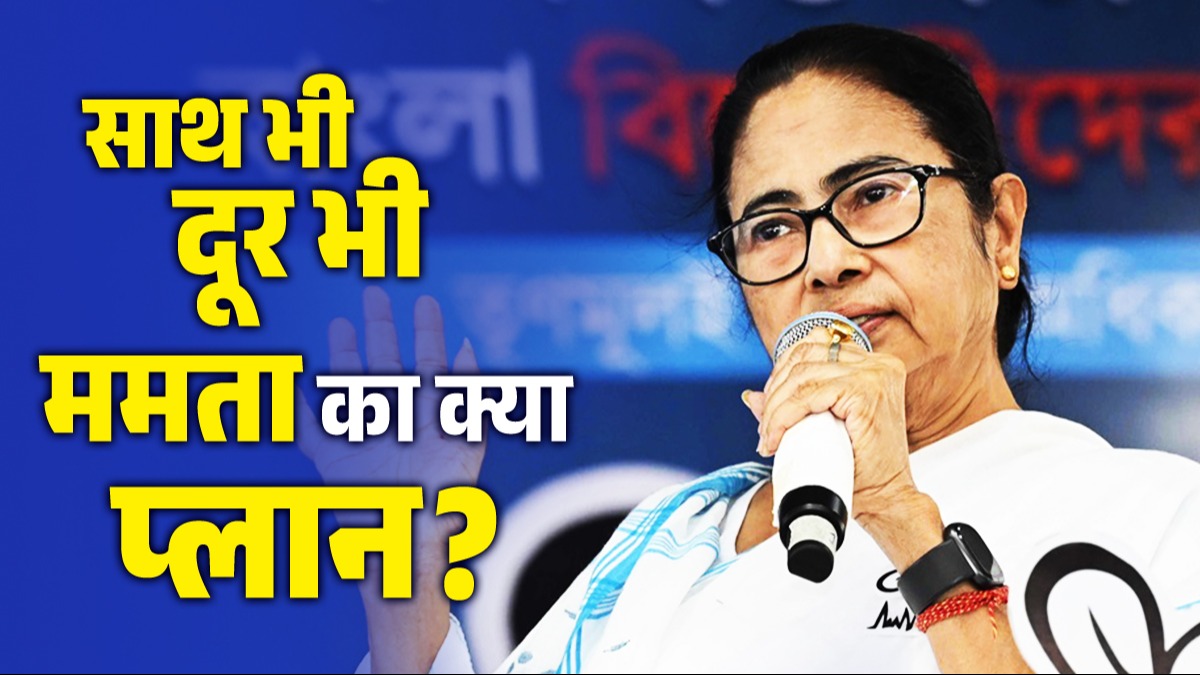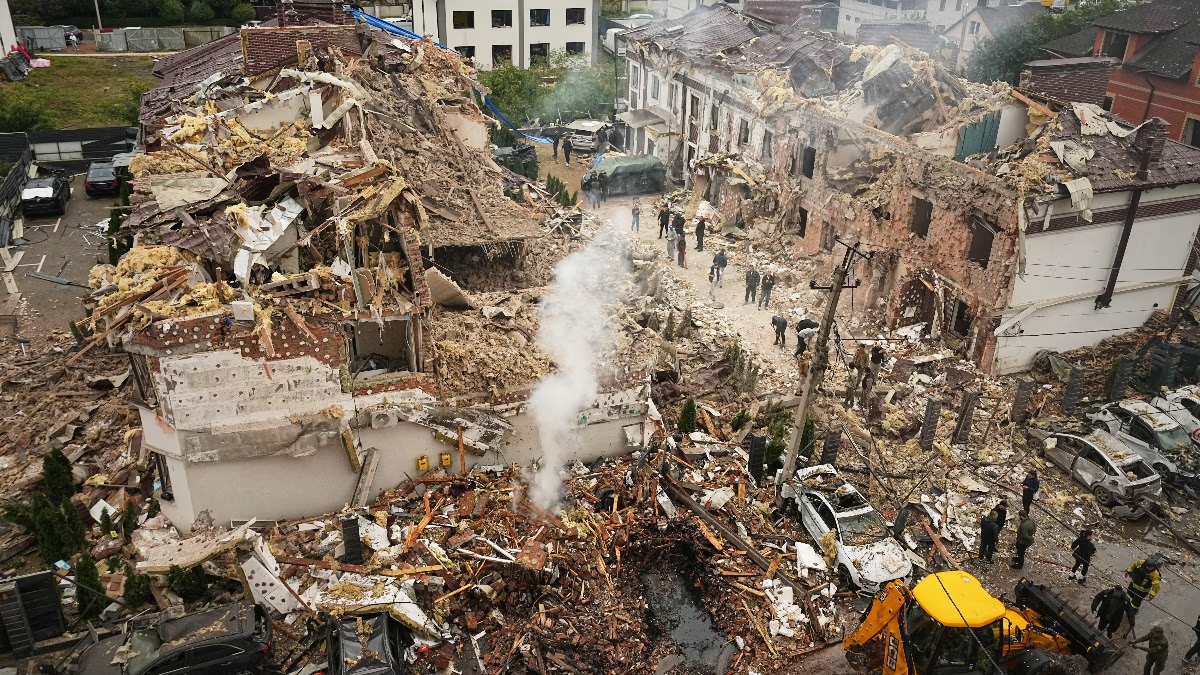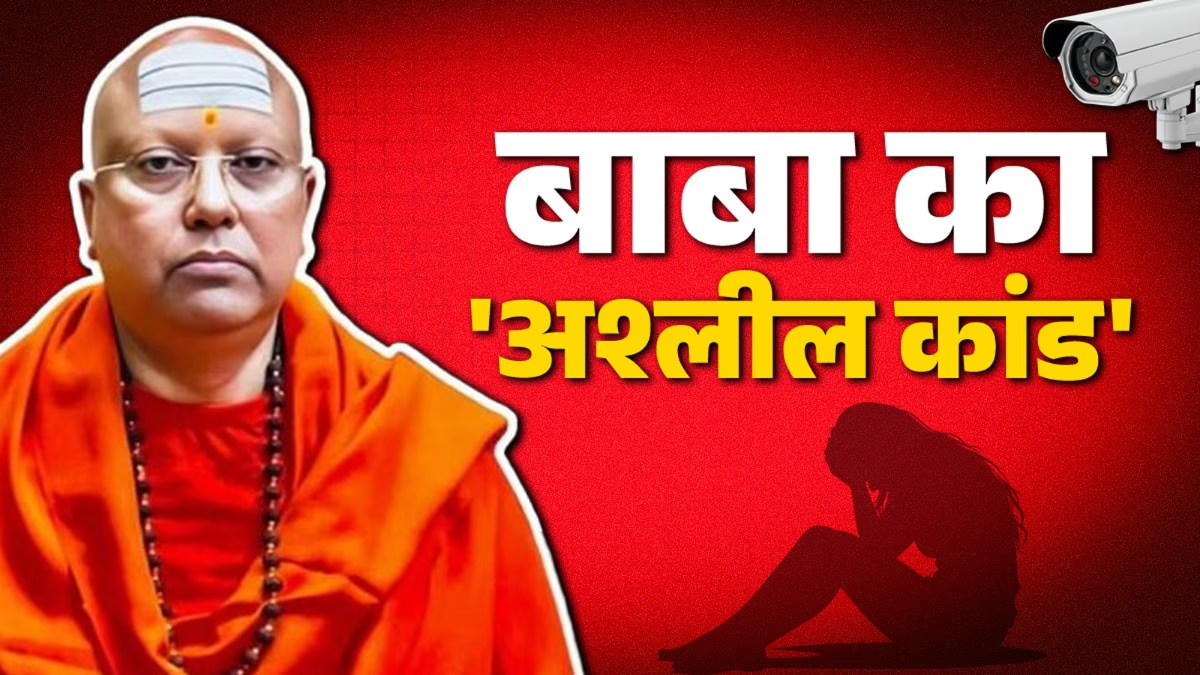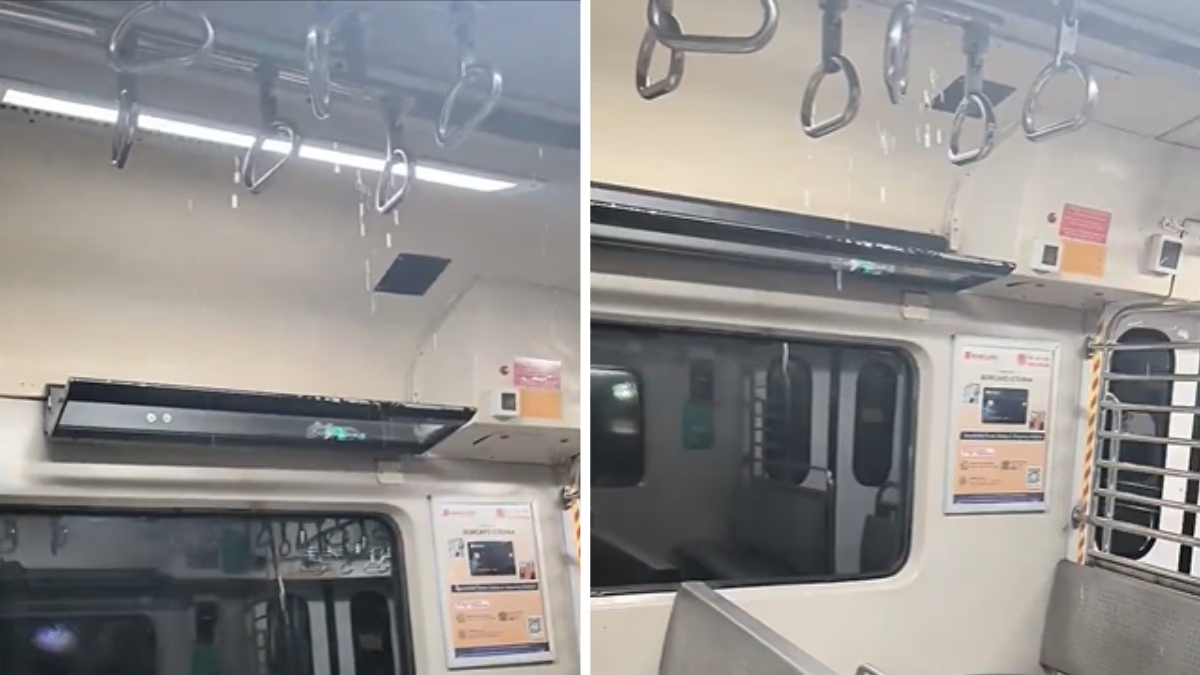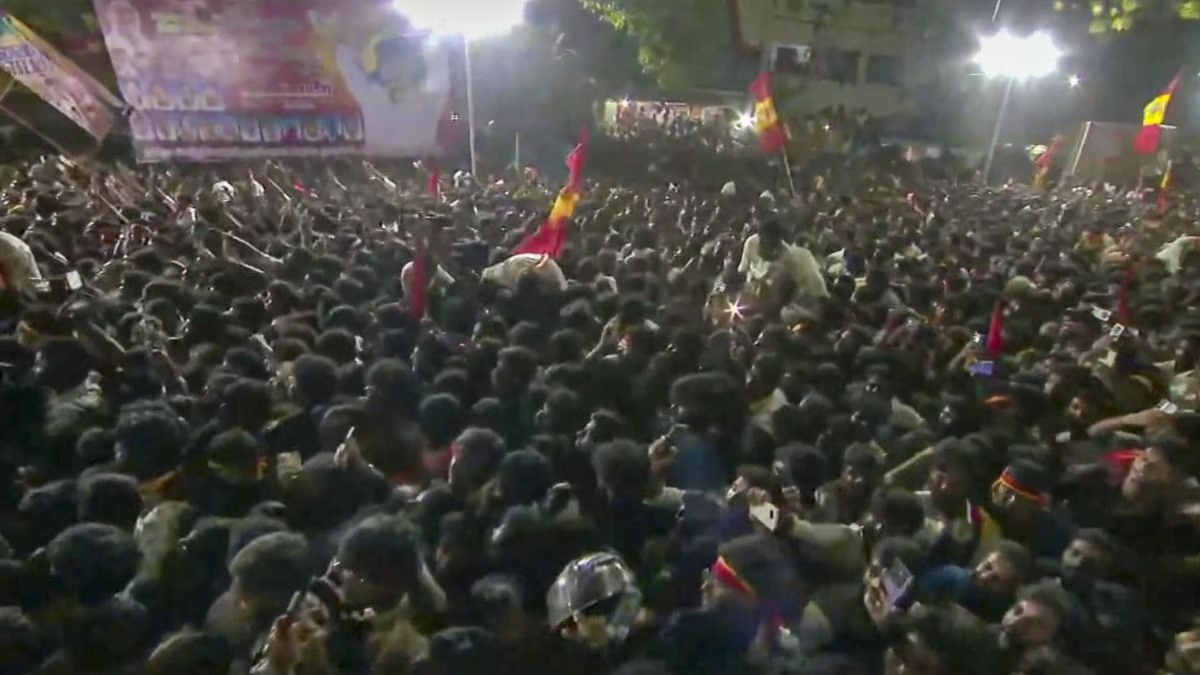The Lok Sabha elections are unfolding in seven phases. Like Uttar Pradesh with 80 seats, and Bihar with 40, West Bengal, boasting 42 seats, will also see voting in all phases of the Lok Sabha elections this year. After four of the seven phases have concluded, West Bengal Chief Minister Mamata Banerjee has clarified the Trinamool Congress (TMC)'s position post-election.
TMC leader Mamata Banerjee has announced that they will lead the INDIA Coalition, support the coalition government from the outside, and create a government in Delhi that will not pose any problems for the people of Bengal. Speaking at an election rally, she also said that voters should not consider the Left-Congress, claiming they are not with us in Bengal but with the BJP. The political implications of Mamata Banerjee's statements are being analyzed, and questions are arising as to why she felt compelled to speak of supporting the INDIA Bloc after four phases.
Political analyst Amitabh Tiwari suggests that this isn't just about electing a state government but the national government. The pro-Modi voters in the state remain intact with the BJP. There are two main contenders for the anti-BJP vote: the TMC, led by Mamata Banerjee, and the Congress-Left alliance. Banerjee understands that the stronger the Congress-Left alliance fights, the more damage it will inflict on the TMC, and hence she makes such statements. Her strategy is to send a message to anti-BJP voters that the TMC is the viable alternative to oppose BJP.
The 2019 election figures also play a role
Reasons behind Mamata's statement are being attributed to the 2019 election data, where in West Bengal the margin of victory or defeat for 18 seats was between 0.1 percent to 8.5 percent. Congress won two of these tightly contested 18 seats while the remaining 16 were split evenly between the TMC and the BJP. Even a three to four percent swing in votes could change the outcomes in these seats.
The BJP's strategy has been to capitalize on PM Modi's popularity in the state, alongside pervasive issues of corruption and governance to woo voters. The TMC, meanwhile, aims to maintain their voter base and expand it. Voting has already taken place in North Bengal, where BJP is traditionally strong and secured seven out of eight seats. Now it's Southern Bengal's turn, which includes Kolkata and its surrounding areas.
The policy of 'No enmity in Delhi, but ensuring welfare in Bengal'
Until BJP emerged strongly in the state's politics through the Lok Sabha and subsequent Assembly elections, the main rivals had been TMC and the Left-Congress. Both parties saw their vote share and seat graph decline over the elections. When Mamata Banerjee decided to go solo in West Bengal despite overtures from Congress leadership, it was seen as a strategy to not provide a foothold to these dwindling parties, an effort to replicate their 2014 performance.
If Mamata Banerjee now says they will support the government in Delhi, it can be interpreted as a soft signal for the national capital. TMC's leaders have consistently targeted Adhir Ranjan Chowdhury for not being able to align with Congress in the state but have refrained from direct attacks on the Congress leadership.
Read more:
Congress leadership's seriousness in considering West Bengal's election from the party's perspective can be seen in the fact that despite 18 seats voting in four phases, neither Rahul Gandhi nor Priyanka Gandhi has held a single campaign rally. Senior journalist Omprakash Ashk thinks that Congress leadership also wants to keep future coalition possibilities with the TMC open, which is why the party seems to be sticking to a strategy of letting the fight in Bengal remain between Adhir and Mamata.
Election results of 2019 and 2014
In the last election, TMC, BJP, Congress, and the Left parties were all separate contenders. TMC achieved success with 22 seats and a 43.7 percent vote share, while the BJP won 18 seats with a 40.6 percent vote share. In terms of votes, TMC garnered a total of approximately 24.7 million votes, with BJP close behind at around 23 million. If combined, the vote count for Congress and the CPI(M) reached around 6.8 million.
Also, explore:
For context, in the 2014 election, TMC had secured 34 seats with a 39.8 percent vote share. Congress had won four seats with a 9.7 percent vote share, CPI(M) had two with 23 percent, and the BJP had managed two seats with 17 percent vote share. TMC faced a net loss of 12 seats compared to the 2014 polls.
